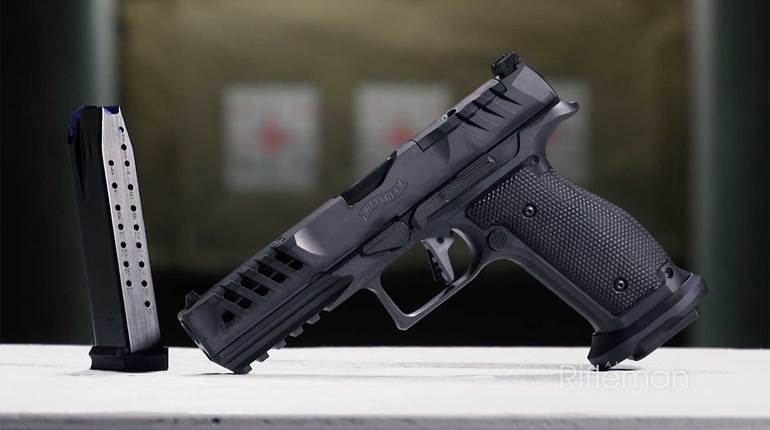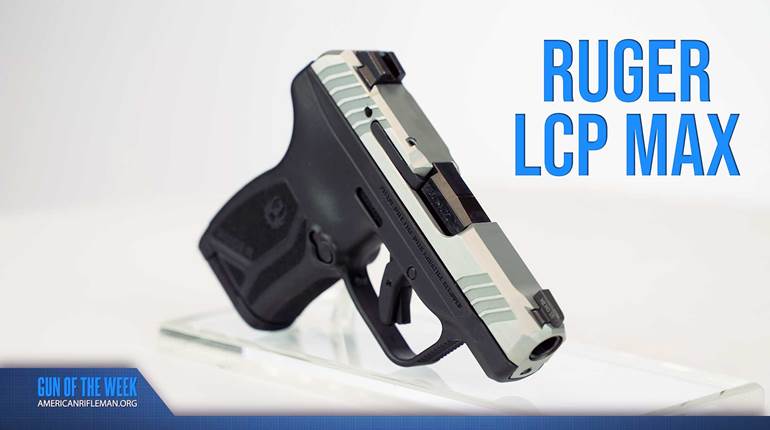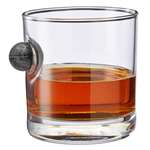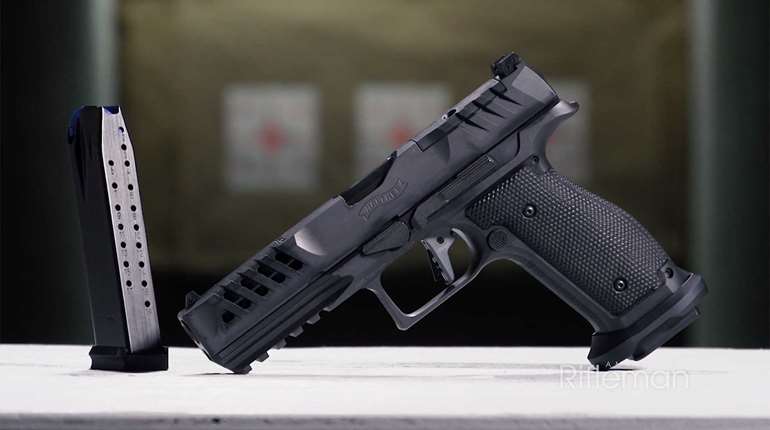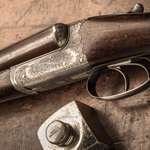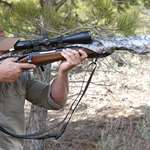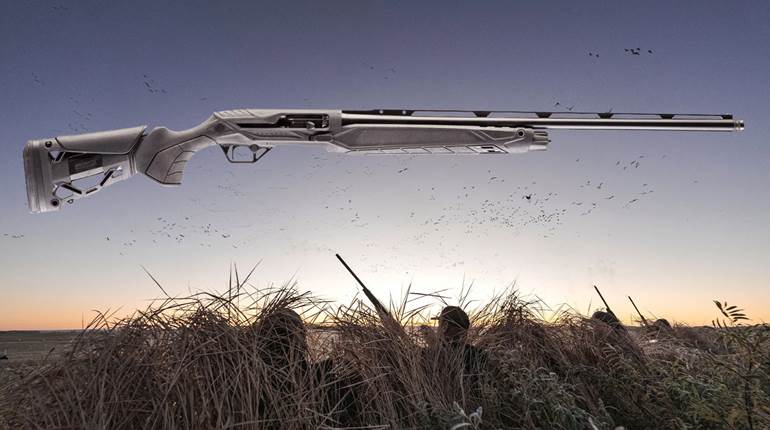In 1889, the Belgian government adopted one of the most cutting-edge military rifles of the day. The Model 1889 Belgian Mauser was one of the earliest smokeless-powder military rifles, and it also displayed some of the ingenious design elements Mauser would later apply to guns like the Model 1893 and the Model 1898. Watch our "American Rifleman Television" I Have This Old Gun segment above to hear the history of the Belgian Mauser.
"When you consider the name Mauser in terms of military rifle, you really have to start with the Model 1889 Belgian," American Rifleman Contributor Kenneth L. Smith-Christmas said. "Anything they made before that, both the Model 71s, the Model 71/84s, they weren't all that modern, but the 1889 Belgian was such an improvement over the German rifle, the German army rifle that had been adopted in 1888."

Unlike earlier Mauser military rifles, all of which were designed for use with large-bore blackpowder cartridges and had either no magazine or limited magazine capacity, the Model 1889 was a significant leap forward in military rifle design, as well as a major advancement for Mauser itself. Along with the rifle, the Mauser-designed cartridge of 7.65x53 mm was modern for its day and saw service in different guises going into the 20th century.
"Adopted as the 1889 Belgian Mauser, what you have in this design is a lot of elements that we'll see in future generations of Mauser rifles. It has a cock-on-close action, which we'll see, you know, going into the 1890s on a lot of different Mauser designs," American Rifleman Executive Editor Evan Brune said. "It's got a, notably, a box magazine that's extending below the action. And this is probably the most notable feature of the 1889 Belgian Mauser. You see that, you know, that long, single-stack box magazine that's just in front of the trigger guard. It is like James Paris Lee's design. It is a removable box magazine, but it's not designed to be detached and reloaded. It's designed to be loaded from the top using another innovation that Mauser builds into the '89, which is the advent of a stripper clip guide."

One of the other notable features of the Belgian Mauser was the inclusion of a barrel jacket, which had been inspired by the jacket found on the German army's Model 1888 Commission Rifle. Mauser had included the jacket on its 1889 design, thinking that it would be attractive to governments seeking out more modern military rifles. In reality, the barrel jacket introduced other problems, and it was a short-lived contrivance that would soon disappear from later Mauser rifle designs. Once it had been officially selected by the Belgian government, Mauser licensed the design to Belgian manufacturers, but the enormous number of guns needed to equip the Belgian army created another issue.
"The Belgian army had contracted with a number of manufacturers to produce these guns," NRA Museums Director Philip Schreier said. "At first, the initial contract that they had developed prior to its adoption in 1889 was so large that it took a consortium of firearms manufacturers to get together and say, 'Okay, between us, we can build a half a million of these in the time period that they've asked us.' And so that consortium became known as FN, Fabrique Nationale Armes de Guerre, and that's how FN got it start. Still running today, because of the contract from, you know, the Belgian government to produce this Mauser and produce it they did, into the hundreds of thousands."

Considering its early adoption, by the first decade of the 20th century, the Belgian army was well-equipped with the Model 1889 Mauser, and as a result, it served as the principal service rifle for the Belgian military throughout the First World War. Belgian troops equipped with the '89 Mauser would face German troops equipped with a much more modern Mauser rifle: the Model 1898.
"Interestingly enough, of all the World War I, the common World War I firearms, that one can find on the market today, probably the most elusive is the 1889 Belgian Mauser. And why, I don't know," American Rifleman Field Editor Garry James said. "You see lots of '98s, you see lots, of course, obviously Enfields, '93 Lebels, but '89 Belgians are very, very difficult to come by. And when you do find them, like the one that we're looking at today, they're generally mismatched."
To watch complete segments of past episodes of American Rifleman TV, go to americanrifleman.org/videos/artv. For all-new episodes of ARTV, tune in Wednesday nights to Outdoor Channel 8:30 p.m. and 11:30 p.m. EST.
